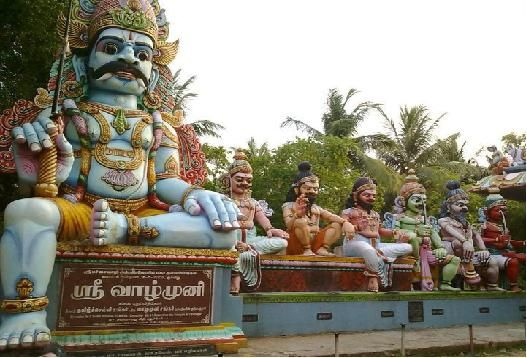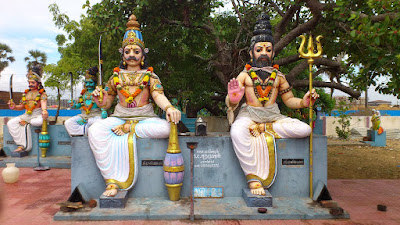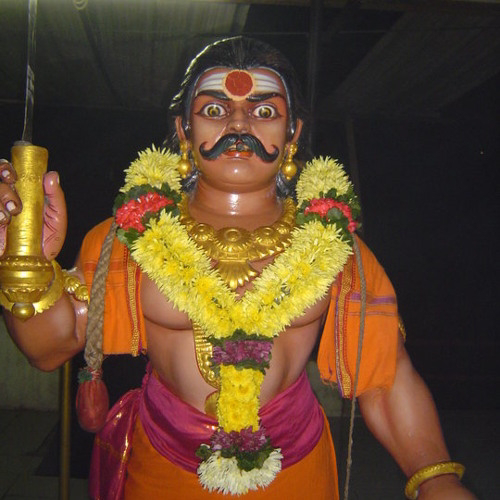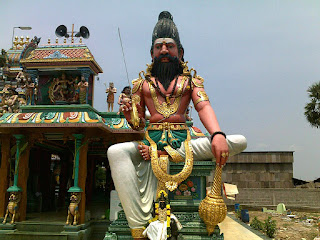SRI MUNISHWARAN GAYATRI MANTRAS

மந்திரம் பாரம்பரியமாக இரண்டு நோக்கங்களைக் கொண்டுள்ளது, அவற்றை உலக மற்றும் ஆன்மீகம் என்று அழைக்கலாம். நாம் பொதுவாக மந்திரத்தை சுய மாற்றத்திற்கான ஒரு கருவியாக மட்டுமே கருதுகிறோம். ஆனால் பண்டைய காலங்களில், பேய்கள் மற்றும் மூதாதையர்களுடன் தொடர்புகொள்வது மற்றும் சமாதானப்படுத்துவது, பேயோட்டுதல் அல்லது தீய சக்திகளை விரட்டுவது, நோய்களுக்கான தீர்வுகள், மற்றவர்களின் எண்ணங்கள் அல்லது செயல்களைக் கட்டுப்படுத்துதல் மற்றும் அதிகாரங்களைப் பெறுதல் போன்ற சாதாரண நோக்கங்களுக்காக மந்திரம் பயன்படுத்தப்பட்டது. (சித்தா) அல்லது மந்திர திறன்கள். அதன் ஆன்மீக நோக்கத்தைப் பொறுத்தவரை, மந்திரம் நமது நனவின் பழக்கவழக்க ஏற்ற இறக்கங்களை அமைதிப்படுத்துவதாகவும், பின்னர் சுயத்தை அதன் மூலத்தை நோக்கி நனவைத் தூண்டுவதாகவும் கூறப்படுகிறது. Om tatpurushaya vitmahe, Maha veeraya thimahi. Thanno muniswara prachodayat Om kanaga vasaya vithmahe, Katka hastaya thimahi, Thanno muniswara prachodayat Om Kanaga Vasaya Vidmahe Trisula (sula) hastaya Dheemahi Thanno Muniswara Prachodayat Om Tatpurushaya Vidmahe Maha Deva







